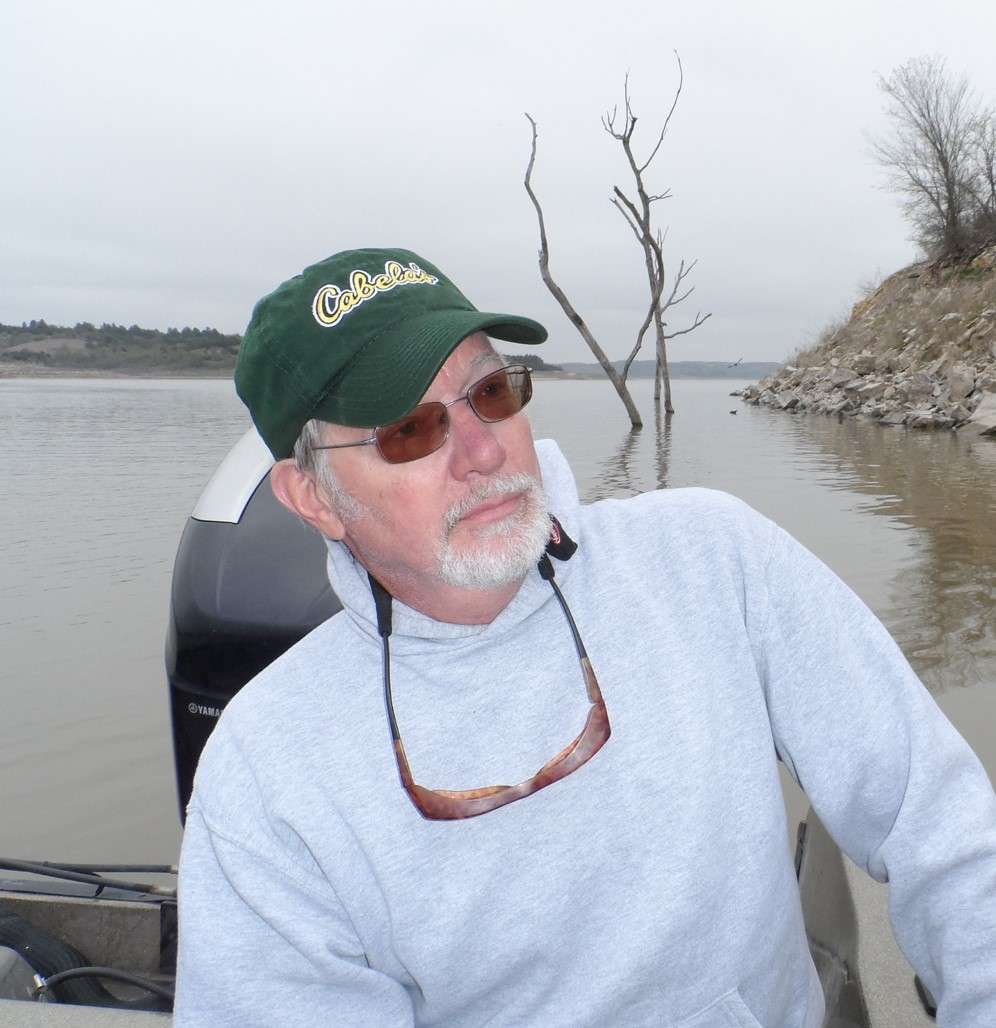When the late Joan Finney was governor in the early 1990s, one of her pet themes was initiative and referendum– a catchphrase for “Let the people decide.”
Finney, a Democrat, believed that the Legislature often stifled good ideas; initiative and referendum was a way around reluctant politicians. If enough people thought something was a good idea, she said, people should move that idea onto the election ballot for a vote.
I argued against this at the time, on grounds that the House and Senate served as a legislative filter between emotion and event. Democrats held a one-vote majority in the House and Republicans had a thin margin in the Senate. The intricate process of making law allowed time for heated issues to cool; reason would take hold during contemplation and debate. I believed that initiative and referendum was a function of tunnel vision, of single-issue fanatics. It held the potential for mob rule.
Now look: Times have changed and so has the legislature. Republicans, with veto-proof majorities in the House and Senate, have become straw dolls for policy institutes and think tanks. Constituent needs are near the bottom on their list of concerns.
The few Democrats in Topeka are from seven of the state’s 105 counties, and have shown little interest in Kansas west of Topeka. They have become a party of blue cave dwellers, preaching among themselves rather than reaching out to others.
Initiative and referendum now seems appealing, a way to sidestep the half-wits and lemmings overpopulating the statehouse.
One effective example of popular will came last August: Voters rejected – 59 to 41 percent – a proposed constitutional amendment to give the legislature power to sidestep the Supreme Court and ban abortion in Kansas.
Another rising sentiment is the expansion of Medicaid, in Kansas known as KanCare. The program provides health care for the poor, financed jointly by states and the federal government. The Affordable Care Act (2010) had required states to expand Medicaid, but the U.S. Supreme Court dismantled the requirement in 2012. Thirty-eight states have since expanded Medicaid on their own. Kansas is one of 12 that have not.
*
Late last month, the Docking Institute released a Kansas poll that showed 72 percent of respondents favored expanding Medicaid; 74 percent said an expansion would help rural hospitals stay open. In recent years, strong majorities in polls have repeatedly favored expansion. Republicans yawn.
Medicaid, enacted in 1965, is for nearly all adults with incomes up to 138 percent of the poverty level, now at $19,000 for an individual and $38,000 for a family of four.
In Kansas the program now covers 400,000 children, pregnant women, individuals with physical and cognitive disabilities, and the elderly. Adults with children are covered, but the state restricts income eligibility to $9,538 for a family of four – $28,000 under federal guidelines. Adults without children are not eligible, period. This leaves many without insurance.
In 2019, a solid majority in the House (69-54) voted to expand KanCare for roughly 150,000 Kansans left without insurance. A Senate committee in Topeka studied the issue but their leaders refused to allow the Senate even to debate it. They said the state could not afford the expansion.
The Kansas cost is estimated at roughly $1.3 billion annually, with 90 percent paid by the federal government.
The Kansas Hospital Association, administrators, physicians, local business leaders and government officials have advocated expansion. Without it, they say, many hospitals and clinics will go deeper in debt or close altogether. Local economies are threatened. Entire regions are at risk when citizens are without medical care and communities have no way to offer it. Rural Kansas is especially vulnerable.
*
More than 60 years ago, Kansas joined a battle against recurring polio epidemics that had crippled or killed thousands, mostly children. When federal funds for a two-year program dried up, the legislature finished the vaccination program with state funding. We became one of the first states to “self-immunize” against the disease.
The idea was that no one should go unprotected. At that time, a Republican-dominated legislature and a Democratic governor carried it through.
Republicans and Democrats once had understood one truth in our savage political culture: that in a modern industrial society, all individual effort must be braced by a government that guarantees, at least, opportunities for those who want to work, food for those who would otherwise starve, pensions for the old and medical care for the sick.
Today that sense of promise is a distant memory, prompting a future for initiative and referendum.





